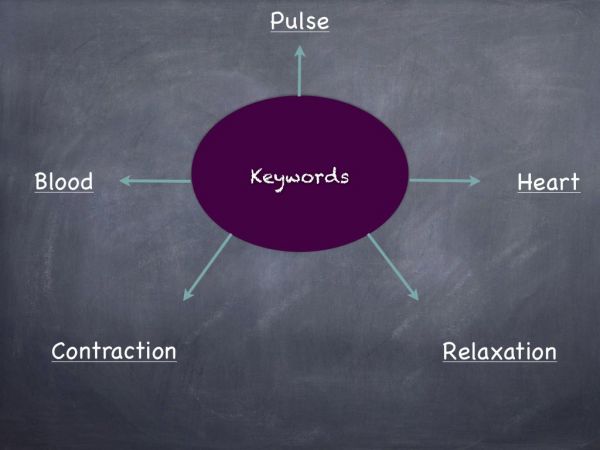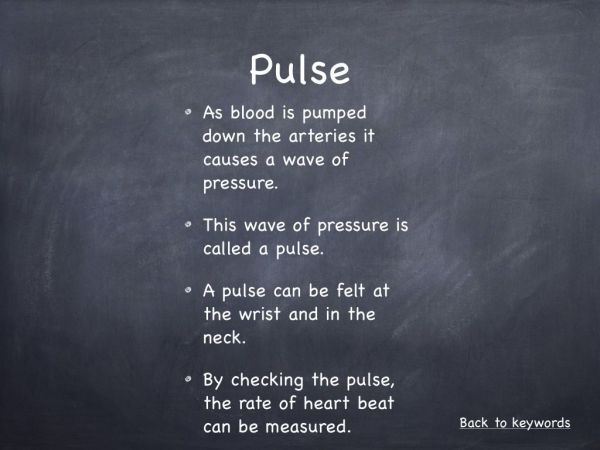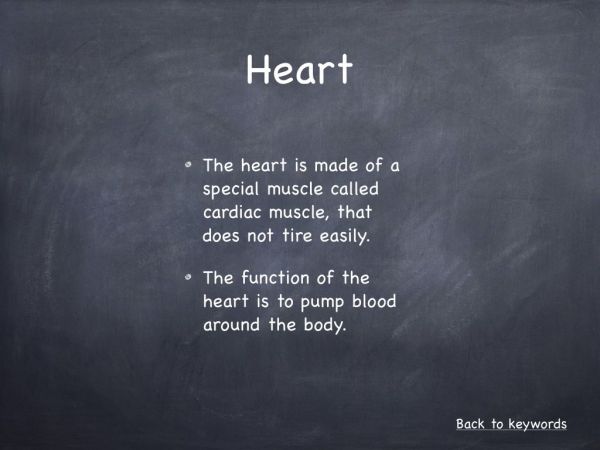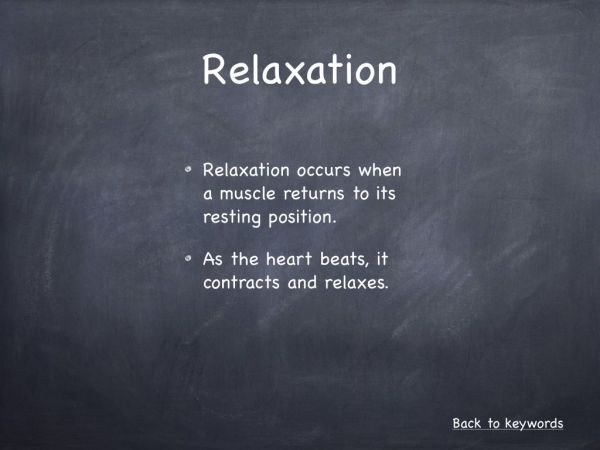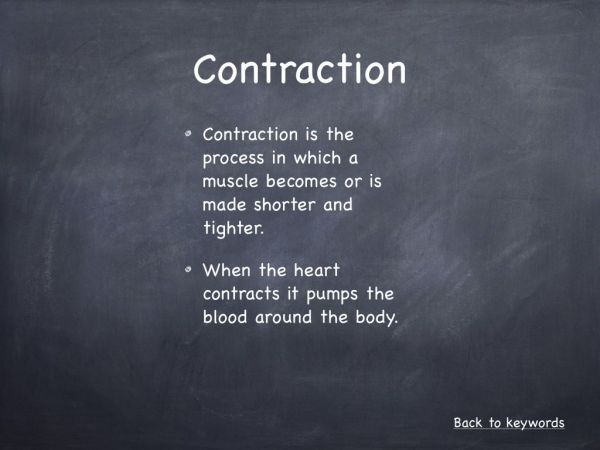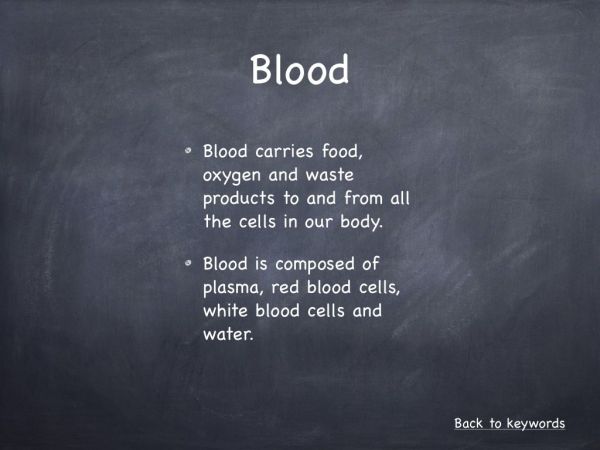This hook centres on the idea that the heart, the centre of the circulatory system, acts like a pump to move blood around our bodies.
Theory behind the hook
This hook draws in the students’ attention by asking them if they can feel the beat and if they have every checked their pulse. Our pulse is then explained as the contraction and relaxation of the heart which enables it to move blood around our bodies. The heart is compared to a pump, making the link for students to an everyday example. In this way students will be able to relate to the topic being introduced.
How this hook works
The heart is represented as a pump and is about the size of a clenched fist. The contraction and relaxation of the heart is compared to squeezing your fist. Your heart can beat up to 70 times a minute. As an activity students could be asked to try to squeeze their fists 70 times a minute. Their hand will soon get sore as their muscle tires. However, the heart is made of cardiac muscle, which does not tire easily.
Questions & Answers
- Why do humans need a circulatory system?
To pump blood around our bodies - Why is our heart made of a special type of muscle called cardiac muscle?
Cardiac muscle is very strong and does not tire easily. This ensures that our heart keeps beating. - What happens when we exercise? Why does our heart beat faster?
Our heart beats faster to allow blood to move faster around the body. When we exercise, the cells in the body need increased supplies of food and oxygen. In addition, the cells need to get rid of extra amounts of carbon dioxide and heat. As a result, exercise causes the heart to beat faster and our pulse rate increases.
Cross Curricular Links
Links can be made to Junior Certificate Home Economics in which the circulatory system is covered in the biology section. Links can also be made to how to maintain a healthy heart which is covered in S.P.H.E.
Numeracy
Your heart can beat up to 70 times a minute on average. As an activity students could be asked to demonstrate the effects of exercise and rest on pulse rates. This can be carried out using a stop watch and instructing students to count the number of their pulses per minute while at rest. This can be repeated 3 times and the average pulse rate per minute at rest calculated. Students can then exercise strongly for 2 mins (running on the spot). Immediately after exercising, the students should count the number of their pulses per minute. They should continue to record the number of pulses per minute until the rate returns to the average resting rate. Comparisons can then be made between the pulse rates at rest with the pulse rates after exercise.

